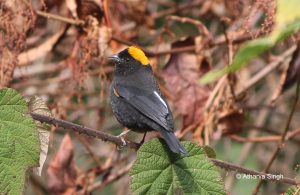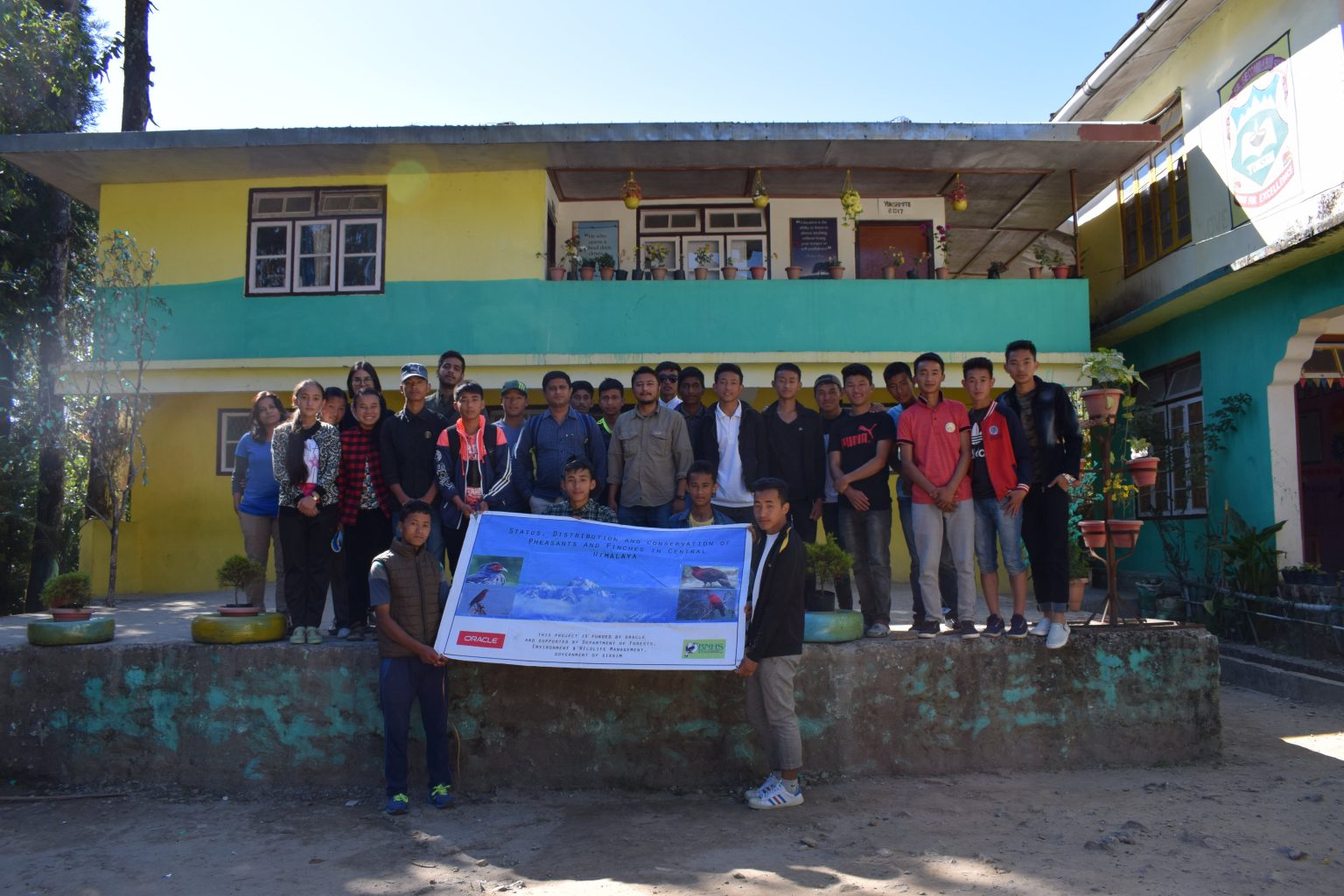Ever wondered where those sparrows went? The one that rested on your window on a hot, lazy afernoon… and the one that perched on the railing of your balcony every morning and greeted you with its pleasantries? Our winged and feathered friends — sparrows, vultures, Edward’s Pheasants even the finches that inspired Darwin to work out the theory of evolution, are all staging a disappearing act. And human’s have a major role to play in it.


About 14 percent of global bird population is on the verge of extinction according to the International Union for Conservation of Nature’s (IUCN’s) Red List of threatened species. State of World’s Birds, a report by Bird Life International has analysed the IUCN Red List and found that there has been a steady and continuing deterioration in the status of the world’s birds since the first comprehensive assessment in 1988. Highly threatened species continue to go extinct, while formerly common and widespread species are in sharp decline. At least 40 percent of bird species worldwide (3,967) have declining populations, compared with 44 percent that are stable (4,393), 7 percent that are increasing (653) and 8 percent with unknown trends (823).
It’s a worrying trend. Himalayan birds mainly found in parts of Sikkim, West Bengal and Arunachal Pradesh, that were once considered common and widespread are now plummeting toward extinction. The continuation of habitat loss, poaching, exploitative human activities and climate change would mean that every day, more Himalayan birds like pheasants and finches are being forced to the brink of extinction.
Sujal Limboo, a student of Class VI from Yuksom Higher secondary school says, “I have recorded almost 80 percent of birds in our village along with my friends, to fill up our checklist we hiked the mountains in search of rare bird species.” Sujal believes he is the youngest bird watcher in the state of Sikkim.
“Ours is a young team, that has taken the initiative to remove the bird traps we come across. We may not be able to see these beautiful birds again,” he adds.
Sujal is a part of a long-term monitoring research program that studies the distribution of the pheasant and finch species in the Sikkim Himalayas. These birds are endemic to the Himalayan region and could be potential climate change indicators.

“Sikkim represents almost 47 percent of avian diversity of India and consists of 11 Important Bird Areas (IBA) and is a haven for bird watchers and nature lovers as it hosts variety of bird species,” explains Dr Rajat Bhargava, senior scientist, Bombay Natural History Society (BNHS), which is one of the oldest wildlife research organization promoting the cause of nature conservation since 1883. They have been studying the effects of climate change on specific indicator species across the Himalayas since 2016.
“This project envisaged to assess the status of globally threatened Phasinidae and Fringillidae, found in Himalayas and evaluate their distribution outside protected areas,” Our best achievement so far is compilation of knowledge on current distribution, range, habitat requirement of the target species,” says Bhargava.
This conservation project has been funded by Oracle and facilitated by OneStage with the support of Department of Forests, Environment and Wildlife Management (FEWMD), Government of Sikkim. And the total number of beneficiaries for the project is 5000 — which includes the target species, students, forest department people, community members and their families as well.
Additionally, a survey is being done in Sikkim and other areas to get insight on people’s dependencies on the habitat which is equally important for both pheasants and finches. Correlation of habitat utilization and people’s dependencies will be formulated. Out of 21 species, niche modelling has been performed on 10 species. Ecological niche models will be used to assess the impact of climate change on the distribution of these species.
Dr. Girish Jathar, senior scientist, BNHS, emphasises the major challenges that came up during the course of the project: “The project is to access the undulating terrain of Montane ecosystem, most of the targeted species are found in high altitude region of the study area. Exploring such terrain for the study becomes logistically and physically challenging, without proper high altitude gears. In order to overcome this challenge, we have procured high altitude gears to facilitate future fieldwork in the study area.”
This remarkable project also aims to educated students about global warming, climate change, plastic pollution, through the Citizen Science exercise. It tells students how they can get involved to protect and conserve the endangered species of birds and protect their environment. After children are the future custodians of the planet.
Communities are an integral part of the landscape and their involvement in the conservation is key to the success of such project. The habitat conservation will not only benefit species but also the communities to deal with future climatic variations.
Search
Categories
Recent Posts
- A brief visit to a project site in Gurugram
- How was OneStage born?
- ‘The plight of people moved me, and the heroic efforts of frontline workers inspired me to support COVID Relief work’
- 7 ways to take care of your Mental Health during the pandemic
- 5 things you must keep in mind before forwarding information on COVID












.png)

.png)

